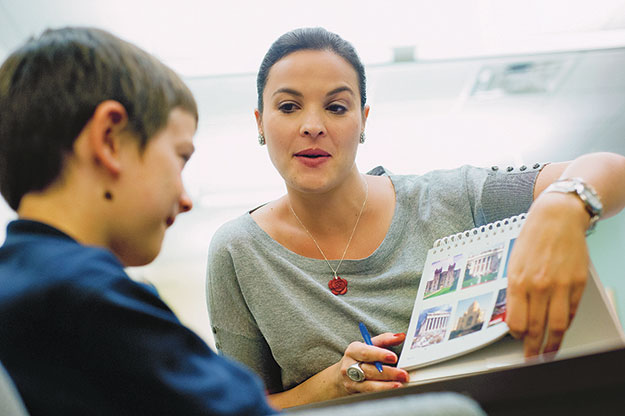Winter 2016: Energy Evolution
From carbon dioxide conversion to landfill mining, researchers at UTA are seeking viable alternative energy options.
Skip to content. Skip to main navigation.
From carbon dioxide conversion to landfill mining, researchers at UTA are seeking viable alternative energy options.
Found in everything from space shuttles to dental fillings, composite materials have thoroughly infiltrated modern society. But their potential is still greatly untapped, offering researchers ample opportunity for discovery.
Within the particle showers created at the Large Hadron Collider, answers to some of the universe’s mysteries are waiting.
Model systems like pigeons can help illuminate our own evolutionary and genomic history.
UT Arlington's tiny windmills are bringing renewable energy to a whole new scale.
The stability of our highways, pipelines, and even manholes is reaching a breaking point.
Scientists believe they have discovered a subatomic particle that is crucial to understanding the universe.
UT Arlington researchers unlock clues to the human body’s most mysterious and complex organ.
UT Arlington researchers probe the hidden world of microbes in search of renewable energy sources.
Wounded soldiers are benefiting from Robert Gatchel’s program that combines physical rehabilitation with treatment for post-traumatic stress disorder.
Tiny sensors implanted in the body show promise in combating acid reflux disease, pain and other health problems.
Nanotechnology researchers pursue hybrid silicon chips with life-saving potential.
Biomedical engineers combat diseases with procedures that are painless to patients.

Priscila Caçola
New parents have a lot on their (sleep-deprived) minds. But Priscila Caçola believes they may be overlooking something critical: how a baby's toys can affect his or her motor skills. That's why the assistant professor of kinesiology co-developed a simple questionnaire for caregivers of infants to help them evaluate toys and other items for their usefulness in this area.
"When parents buy toys, they're rarely thinking ‘I wonder if this is going to be great for my child's fine or gross motor skills,''' says Dr. Caçola. "But with the questionnaire, they can choose to buy toys that are different or that offer better opportunities for their infants."
Called the Affordances in the Home Environment for Motor Development-Infant Scale (or AHEMD-IS), the form is now being used by physical and occupational therapists around the globe. To test its effectiveness, Caçola and her team surveyed the parents of more than 400 infants aged 3 to 18 months old for five years. They utilized the AHEMD-IS and focused on physical space in the home, variety of stimulation, and toys that test gross- and fine-motor skills. The resulting study was published in Physical Therapy.
"Parents, doctors, or other infant caregivers might ask ‘What does a toy or a coffee table do?' Well, depending on the space between the couch and the coffee table, it could be the first distance that the child wants to cross," Caçola explains. "If a toy is cranked and something pops up, the child might want to go grab it, which could lead to the child walking. But the challenge is the thing that stimulates him or her to begin walking."